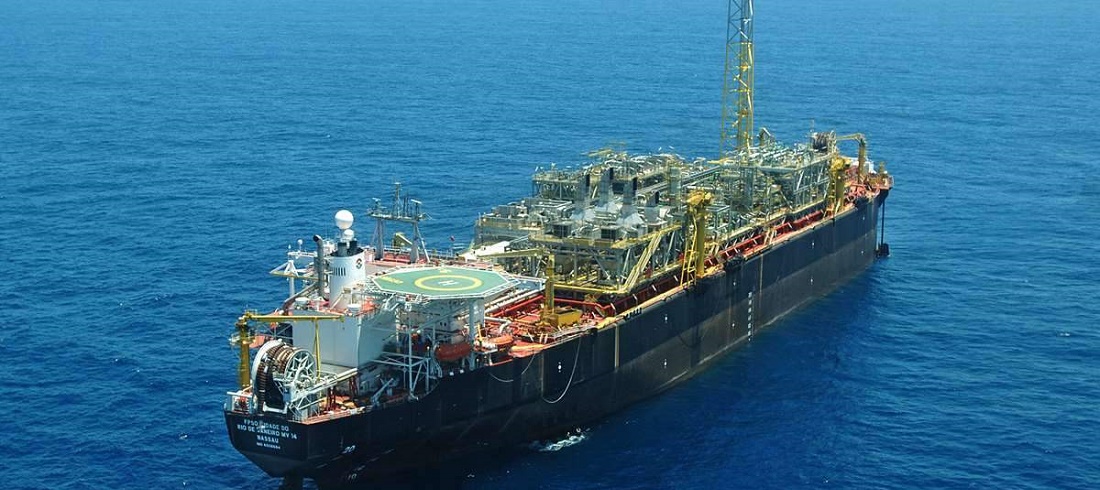
Rising oil production consolidates Brazilian exports
Oct, 31, 2023 Posted by Gabriel MalheirosWeek 202344
Brazilian oil production will increase in the coming years, reaching a new peak at the end of the decade and consolidating Brazil among the major commodity producers. In six years, the volume could hit 5.1 million barrels per day, a 50% increase compared to the current mark, pushing the country from ninth to fifth place globally.
One of the direct effects, according to experts, is that the oil industry will maintain a relevant role in public accounts against a backdrop of oil appreciation, given the geopolitical context. On the industry side, the most recent reading is that demand for fossil oil will continue to rise in the coming years despite discussions about energy transition.
In the same period, Brazilian crude oil exports, according to the estimates, could grow by 120% to 2.9 million barrels per day but would start falling as soon as the turn of the decade, a forecast that increases pressure for the industry to explore new areas now.
The projections are from Itaú’s Kinea managers in a study to which Valor had exclusive access. According to it, after peak production, volumes will decline to 4.8 million barrels per day in 2030, given the maturity of the fields explored today, including in the pre-salt layer. The analysis considers fields that are currently mapped or producing.
The Kinea study notes that Brazilian oil production increased by 50% in the last decade, to 3 million barrels a day, in the wake of the pre-salt discovery. In this new wave of expansion, the increase in production came essentially from outside Petrobras, including foreign groups such as Total and Equinor, but also independent companies that emerged on the market in recent years after the state-owned company sold more mature fields. This group also includes the so-called “junior oils” such as Prio, PetroReconcavo, Enauta, 3R, and Seacrest.
Petrobras’s production is also growing, but not as fast as that of the independents. The state-owned company reached a record mark of 3.98 million barrels of oil equivalent per day in the third quarter, a 7.8% increase in the quarterly comparison.
Investments help explain the momentum. By the end of the decade, the sector will receive around $200 billion in investments, according to data from the Brazilian Oil and Gas Institute (IBP), pushing the country up in the global production rankings. Also reflecting Brazil’s external position, crude oil exports reached a record $42.5 billion, second only to soybeans in the list of most exported Brazilian products.
However, according to IBP president Roberto Ardenghy, the country’s Santos and Campos basins, which concentrate almost 80% of Brazilian production, will decline. “We must continue exploration to maintain the level of reserves. In this context, the discussion on the Equatorial Margin arises to replace the fields that will go into decline,” the executive said.
Kinea analyst Antonio Zacharias noted that he has been observing global oil production for years, and the recent growth in Brazilian output caught his attention. “I wasn’t used to being surprised about Brazil,” he said.
Mr. Zacharias said the moment is ripe for increasing local oil production, considering that, in addition to high prices, the narrative about the transition from fossil fuels to clean energy changed after the war in Ukraine, now focusing on the notion of “energy security.”
BP’s Mr. Ardenghy pointed out that global energy demand will continue to grow, and Brazil will be well-positioned to supply a booming market for low-carbon oil, as European consumers have noted. Unlike Brazil, other large producers, such as Canada and Venezuela, record higher emissions in production. “The low carbon content will be priced from now on, and Brazil is capable of having a very active industry until 2070 or 2080 due to the characteristics of our oil.”
João Vitor Marques, a professor at FGV Energia, said that “oil geopolitics” is another positive point for Brazil, as the country “is a reliable producer, in a peaceful region, benefitting from a stable situation, and with a proven and recognized explored frontier.” Excluding OPEC countries, the U.S. and Brazil would lead world oil production in the 2022-23 biennium, according to him.
Kinea also highlighted that the future of oil is in the Equatorial Margin in Northern Brazil instead of the Southeastern coast.
Professor Marques from FGV noted that it takes, on average, seven years for a well to start producing and that maintaining current output would be a challenge for the next decade. According to him, in addition to searching for new exploration frontiers, another possible path is recovering existing fields with the help of smaller oil companies.
At PetroReconcavo, which operates mature onshore fields, part of the increase in the company’s production would come from recovering reserves, Marcelo Cruvinel, the company’s investor relations manager, told Valor.
The company, which has purchased Petrobras assets in Bahia and Rio Grande do Norte states, plans to expand production to 43,000 barrels a day in 2026 from the current 28,000, according to Mr. Cruvinel. He added that PetroReconcavo maintains its strategy of seeking organic expansion.
Adriano Pires, managing partner of CBIE consultant firm, sees the Equatorial Margin as the new frontier to explore after the pre-salt, despite the controversies surrounding environmental permits. “Around 75% of oil production in Brazil comes from the pre-salt, and a decline will come after 2030. Petrobras also accounts for 75% of production. The rest are with the junior oils,” Mr. Pires said.
-
Economy
Jan, 03, 2024
0
DataLiner Data for November Reveals 4% Year-to-Date Growth in Brazilian Container Imports
-
Meat
Mar, 27, 2023
0
Brazil’s Rio Grande do Sul in talks with China for five new export permits
-
Other Cargo
Jan, 28, 2022
0
Milk producers consider suspending deliveries to dairy industries after decreases in the paid amount
-
Ports and Terminals
Jun, 15, 2022
0
Antaq to hold public hearing on THC2 in port facilities


